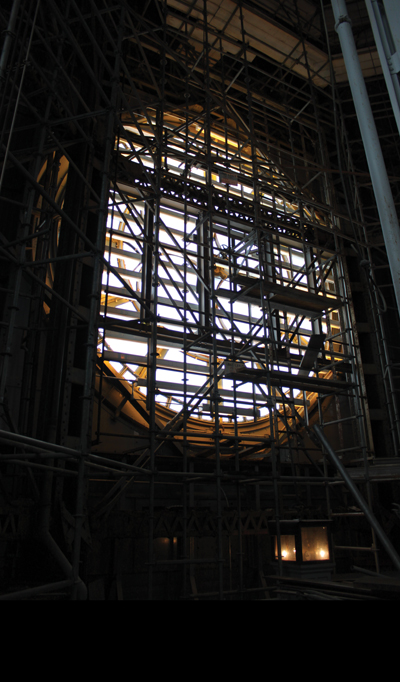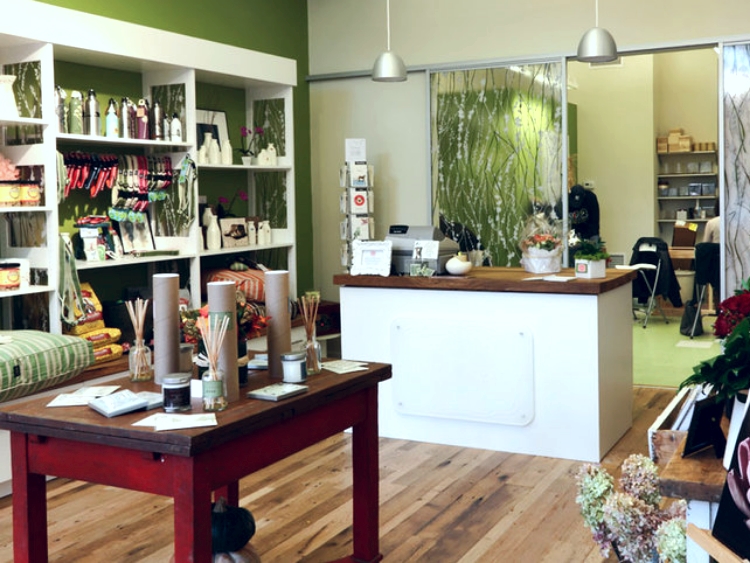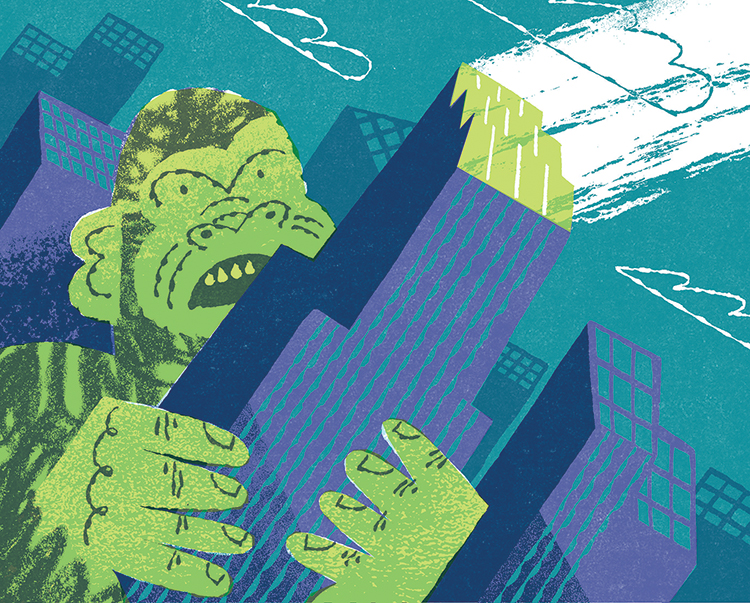Inside the Walls
by Alex Dews
Streets, bridges and power lines all come to mind when we think of infrastructure, but the reason all those things exist in the first place is to connect and power the buildings we inhabit. In Philadelphia, our building stock is perhaps our most valuable infrastructure asset.
Earlier this year, the Healthy Rowhouse Project built a broad coalition to support a basic, but powerful, concept: invest in the building “infrastructure” that defines our city to improve quality of life for its residents. We already have the tools we need to make buildings (both old and new) healthier and more efficient. When we do, residents save money, cut carbon emissions and create opportunities in the local economy.
data-animation-override>
“Almost 40 percent of owner-occupied homes in Philadelphia are owned by people with low incomes, and they are particularly vulnerable to high energy costs and the health impacts associated with poor indoor air quality. Healthy, efficient and affordable housing is an essential part of our city’s infrastructure, from rowhouses to large multi-family buildings. ”
As is the case in the city’s many rowhouses, there is tremendous opportunity to improve large, multi-family buildings. As a first step, all four of the city’s utility companies (PECO, PGW, PWD and Veolia) have supported building energy and water benchmarking, providing the performance feedback building owners and operators need to maintain and improve their facilities. At the Navy Yard, PIDC is spearheading cutting-edge work on developing and demonstrating smart grid technology, recognizing that buildings are a part of our infrastructure (and not apart from it).
Finally, when it comes to serving people, all roads lead to City Hall; this magnificent building stands at the center of Philadelphia, with infrastructure literally running through it. In the basement, two subway lines and a massive water main connect all corners of the city.
Way up in the clock tower, the familiar yellow glow remains, but newly installed LED bulbs are quietly saving taxpayers $40,000 every year.
An energy efficiency contract to retrofit four city-owned properties—City Hall, One Parkway Building, Municipal Services Building and the Center for Criminal Justice—will save taxpayers $1.4 million each year.
Green buildings are a smart investment that pays financial dividends as well as yielding a better quality of life for our residents.
Alex Dews is the Executive Director of the Delaware Valley Green Building Council













